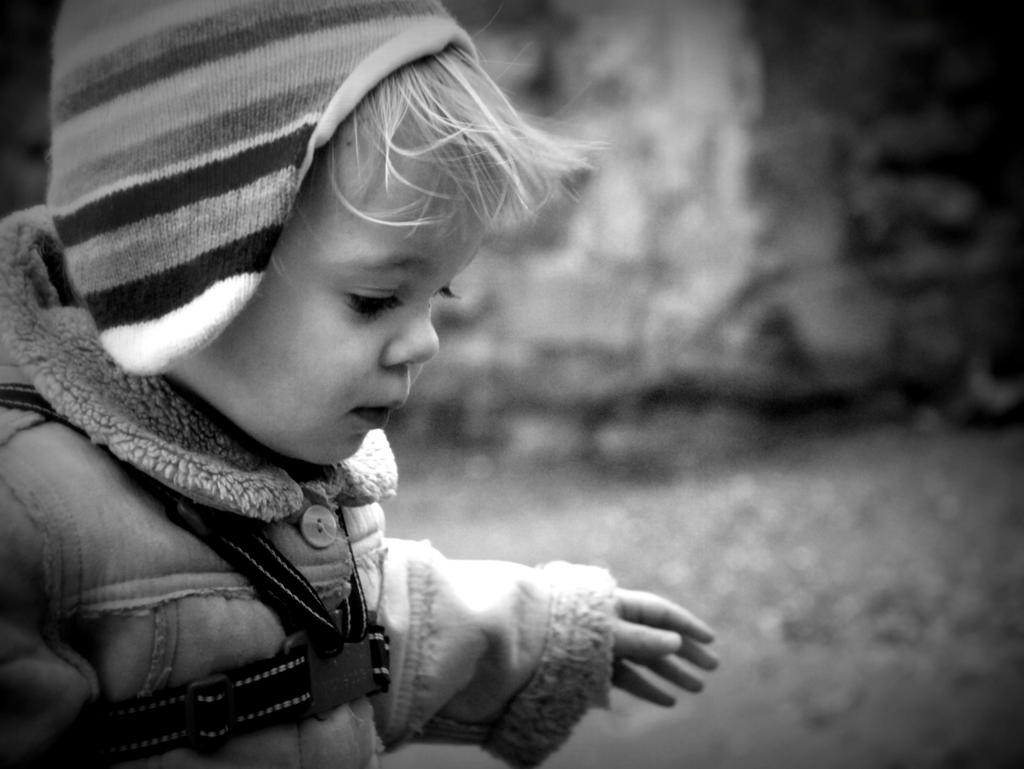
Q1
Why do different responses reveal different developmental patterns?
Because some responses are dominated by fast processes, others by slow processes.
Q2
How could fast processes
influence looking duration?
(And why do they not influence
verbal responses or manual search?)
By causing metacognitive feelings.
My first question was about the development of abilities to track objects and beliefs.
It is well established that there
is an initially puzzling interaction between response type and age.
Why is this?
I suggested that a candidate answer to this question can be provided by
one or another dual-process theory of development.
The answer is this: the interaction between response type and age
is due to the fact that (a) different types of response are dominated by two (or more)
distinct processes, and (b) the distinct processes have different developmental trajectories.
If we accept, even provisionally, this candidate answer we are immediately confronted
by a further, no less challenging question...
Namely, Why do early-developing, relatively automatic object- and belief-tracking processes
influence looking duration but not verbal responses or manual search?
One way of answering this question---and the only available way of answering it I know of---is
by appeal to metacognitive feelings.
Metacognitive feelings
(and perhaps behaviour or other intentional isolators)
connect early-developing, relatively automatic processes
for tracking objects and beliefs
to less automatic processes whose development involves significant conceptual change.
This is why the relatively automatic processes can influence looking times in
violation-of-expectation and habituation tasks: metacognitive feelings can add interest to an event,
causing you to stop and think.
And it is also why the early-developing, relatively automatic processes cannot directly influence
verbal responses: metacognitive feelings provide for the intentional isolation of those processes
and thought.
\textbf{Metacognitive feelings cannot tell you what is happening,
but they can cause you to stop and think about it.}
My proposal is that metacognitive feelings may explain why early-developing, relatively automatic
processes can influence looking times and arousal (as measured by pupil dilation, perhaps).
This means, of course, that metacognitive feelings can both draw attention to points at which
something unexpected has occurred and motivate infants to stop and look. They can therefore can
implicitly guide learning about minds.
If this is right, metacognitive feelings are an indispensable part of any dual-process
theory of development.

Metacognitive Feelings and Development
Knowledge of Objects & Minds
So my aim was to identify a reason for thinking that
metacognitive feelings may be important in the development of abilities
to track objects and their causal interactions, and minds.
My conjecture is simply that metacognitive feelings link early-developing, relatively
automatic processes to the less automatic processes whose development involves a series of
significant conceptual changes.
You might be tempted to assume that the reason I’ve identified doesn’t give
metacognitive feelings a very important
role.
But I don’t think that this assumption is justified.
If you are building a survival system you want quick and dirty
heuristics that are good enough to keep it alive: you don’t
necessarily care about the truth.
If, by contrast, you are building a thinker, you want her to be
able to think things that are true irrespective of their survival value.
This cuts two ways.
On the one hand, you want the thinker’s thoughts not to be
constrained by heuristics that ensure her survival.
On the other hand, in allowing the thinker freedom to pursue the
truth there is an excellent chance she will end up profoundly
mistaken %(Malebranche?)
or deeply confused %(Hegel?)
about the nature of objects or minds.
So you don’t want thought contaminated by survival heuristics and you
don’t want survival heuristics contaminated by thought. Or, even if
some contamination is inevitable, you want to limit it.
This combination is beautifully achieved by giving your thinker
relatively automatic processes for tracking objects and minds
which appear fully-formed early in development,
and also a mind which allows her
to acquire knowledge of minds gradually over years, taking advantage of social
interactions.
As intentional isolators, metacognitive feelings enable distinct kinds of process to
operate with fundamentally different ways of modelling a domain throughout life.
So the \textbf{intentional isolation} provided by metacognitive feelings is
critical:
it allows development to be a process of rediscovery,
and so extracts maximum benefit from the operations of distinct processes for tracking objects and
minds.
\section{Note}
[***DONE : Aim of last update was to reflect this simple way of putting it:]
There is a problem about apparently puzzling interactions (or ‘discrepant patterns’) in many domains
(not just objects and minds but also actions, colours, and more). The apparently puzzling interaction
may motivate appealing to one or another kind of dual process theory. But such theories are ill
suited to fully explain the discrepant patterns. This may be because they neglect the role of
metacognitive feelings. Maybe it’s metacognitive feelings that connect multiple processes?



